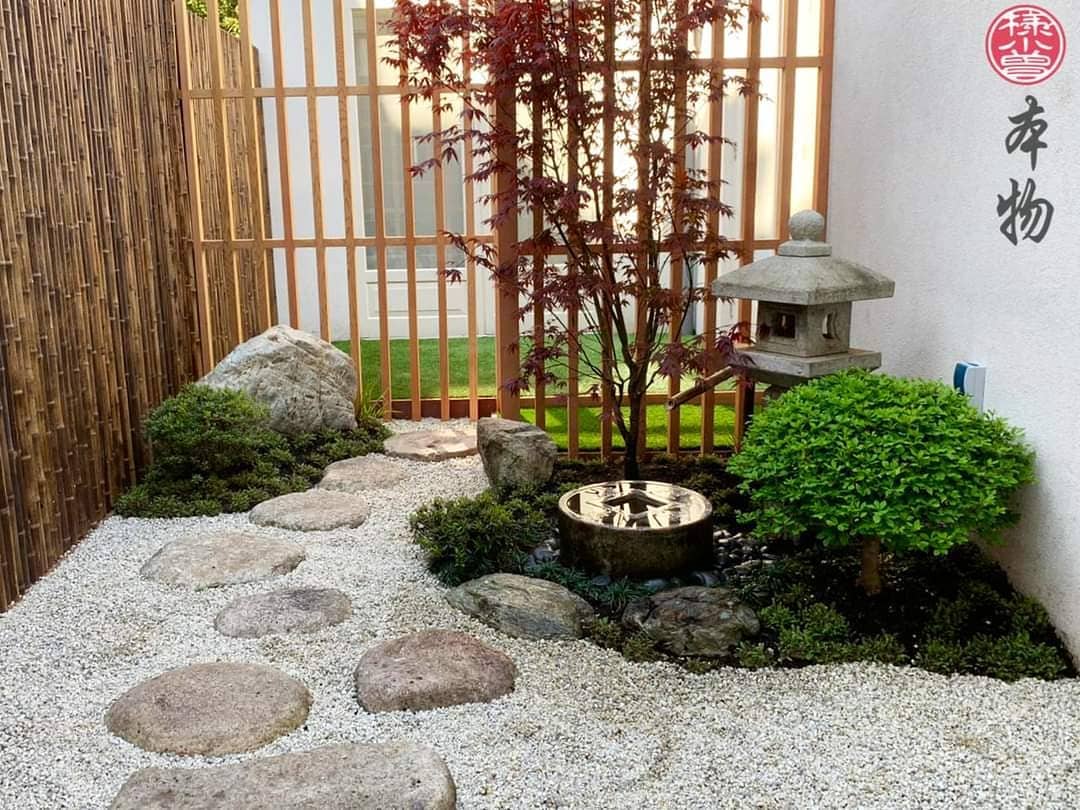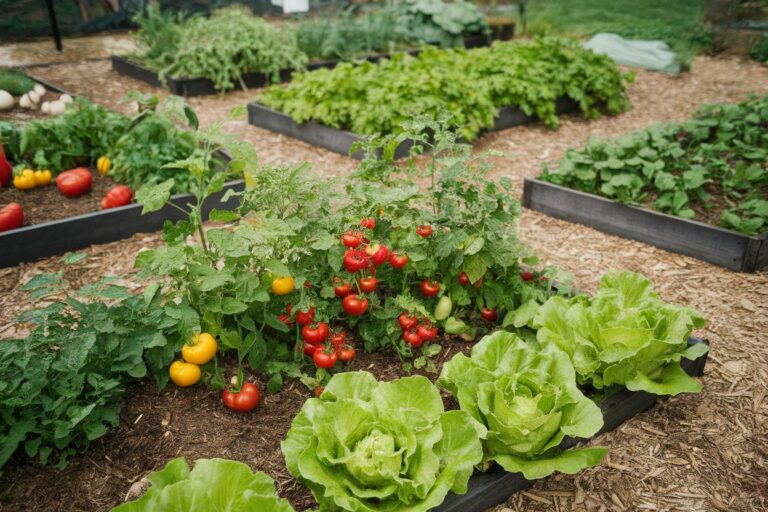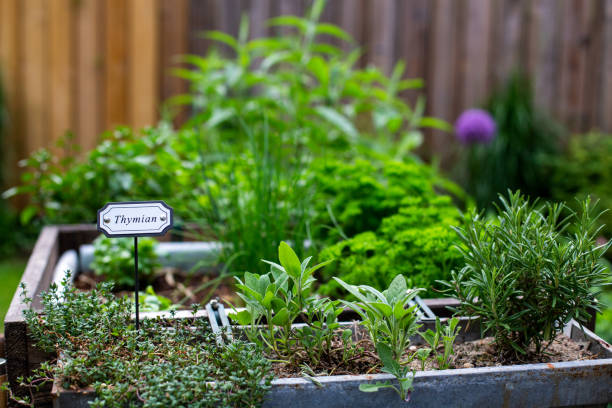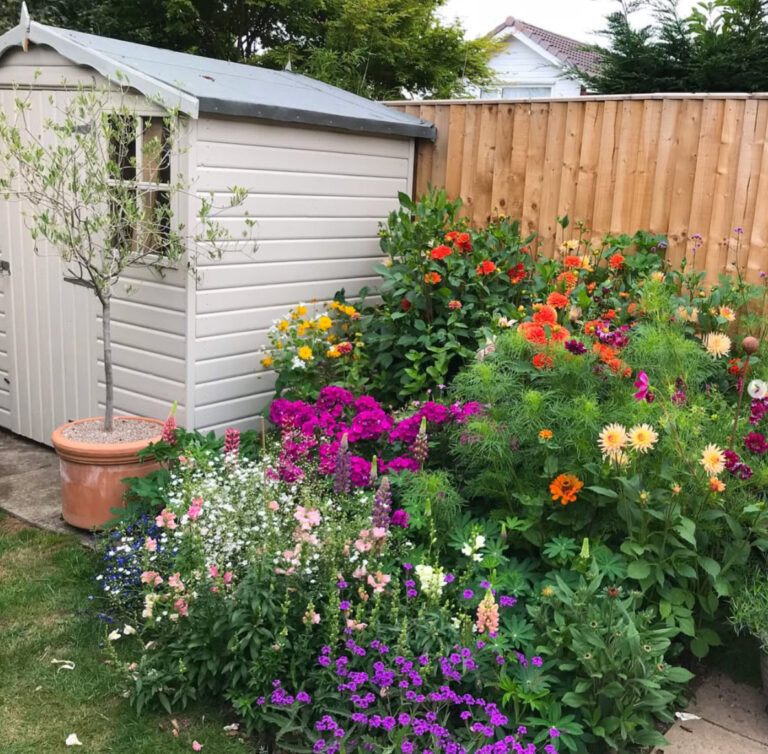Small Japanese Garden Ideas: Creating Peace in a Tiny Space
There’s something incredibly grounding about a Japanese garden—even more so when it’s tucked into a small corner of your yard, or even squeezed onto a patio.

It’s like your own little portal to stillness.
Doesn’t matter if you’re in the heart of Auckland, an apartment in New York, or somewhere in between, a tiny space can still hold a whole lot of peace if you do it right.
The Beauty of Simplicity

Japanese gardens aren’t about packing in as many plants as possible. It’s the opposite, actually.
It’s about choosing a few things and letting them breathe. You might only have a square meter or two to play with, but that’s enough.
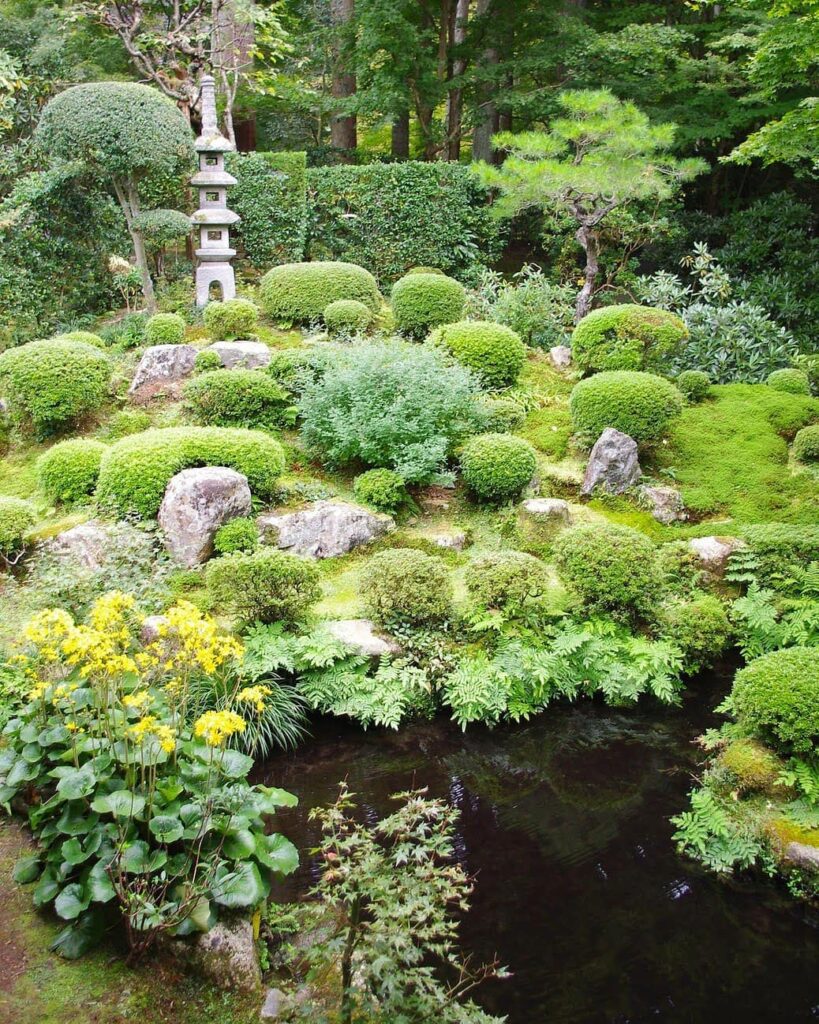
Seriously. One well-placed stone, a mossy patch, maybe a bamboo water feature trickling away in the background—that’s all it takes to shift the whole mood of a space.
I’ve seen friends turn the oddest nooks into these serene little hideaways. Jess, my mate from up north, repurposed a scruffy old side yard and turned it into a miniature Zen garden.
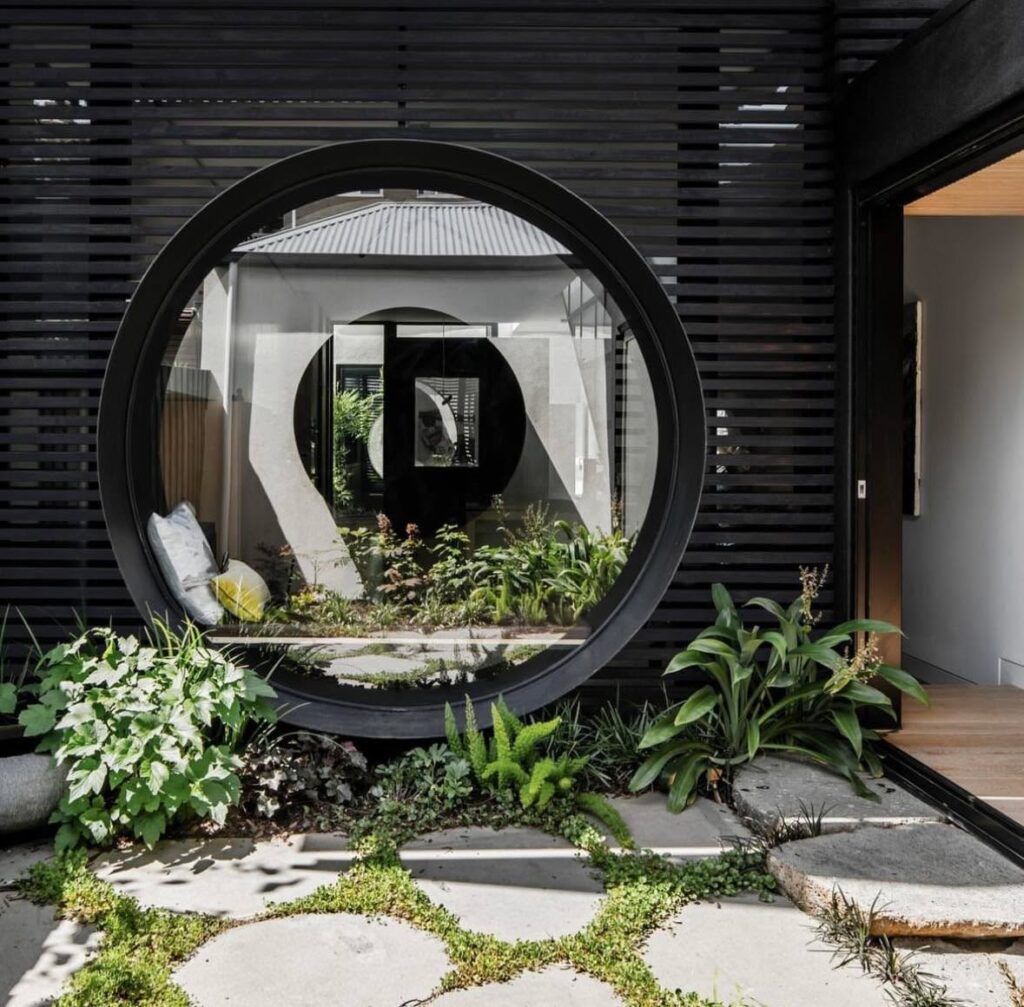
Just gravel, a couple of hand-picked rocks, and a stone lantern she found on TradeMe. Simple, beautiful, and it made that corner feel sacred.
Stones Speak Volumes

One of the most iconic features of a Japanese garden is the rock layout. You don’t just chuck them in there willy-nilly. It’s more of a quiet conversation between the shapes.
Try using three stones of different sizes in a triangular arrangement—there’s something really balanced about it, almost like nature’s version of haiku.
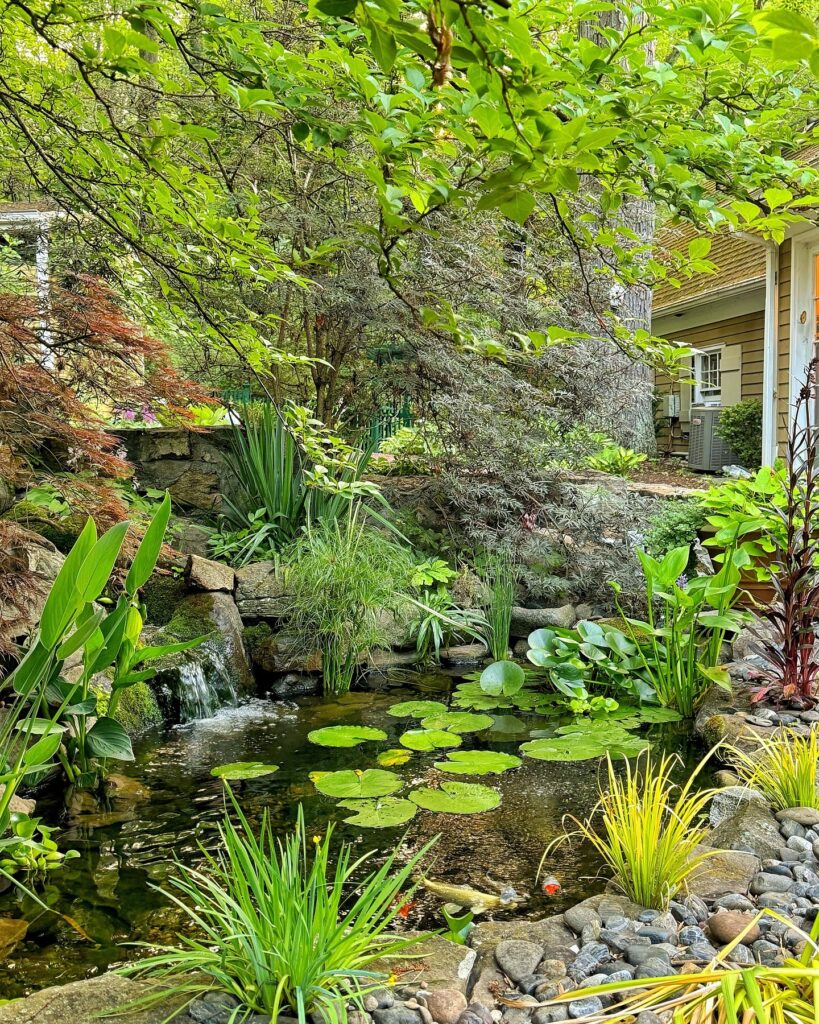
If you’ve only got a tiny space, one large feature stone can be enough.
Gravel or sand can be raked around the stones in flowing patterns, giving the illusion of water. And yep, it needs upkeep—but raking it can be kind of meditative.
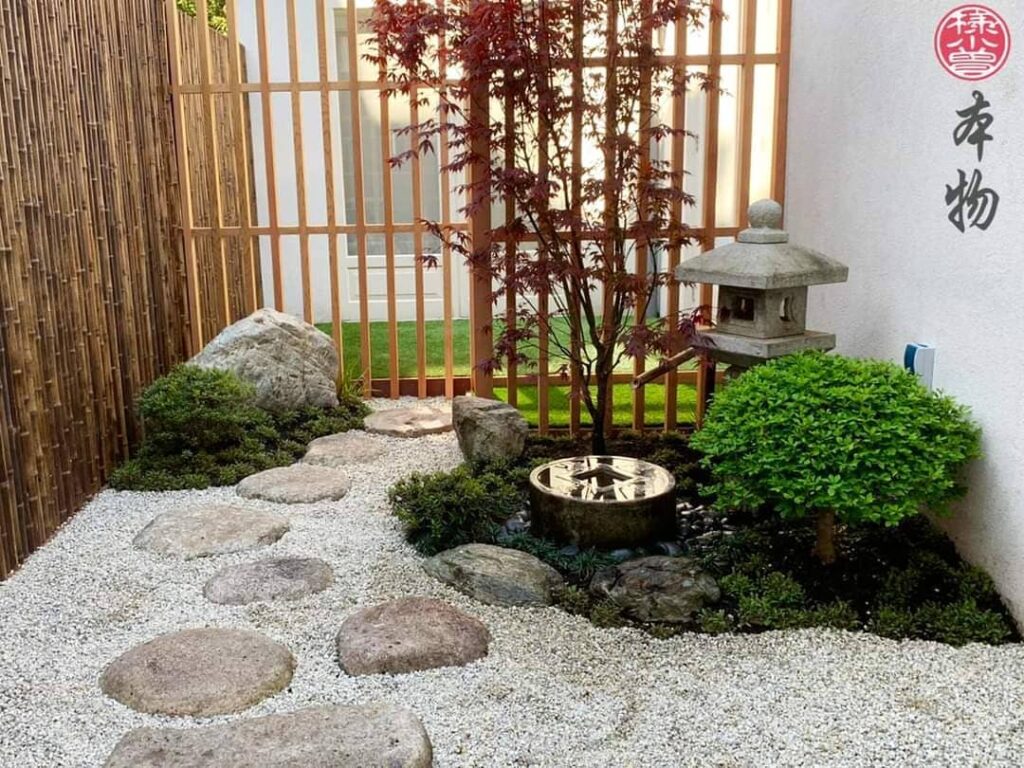
You start noticing your breathing, your posture, your thoughts settling. Who knew garden maintenance could be therapy?
Moss, Bamboo, and Greenery (But Not Too Much)
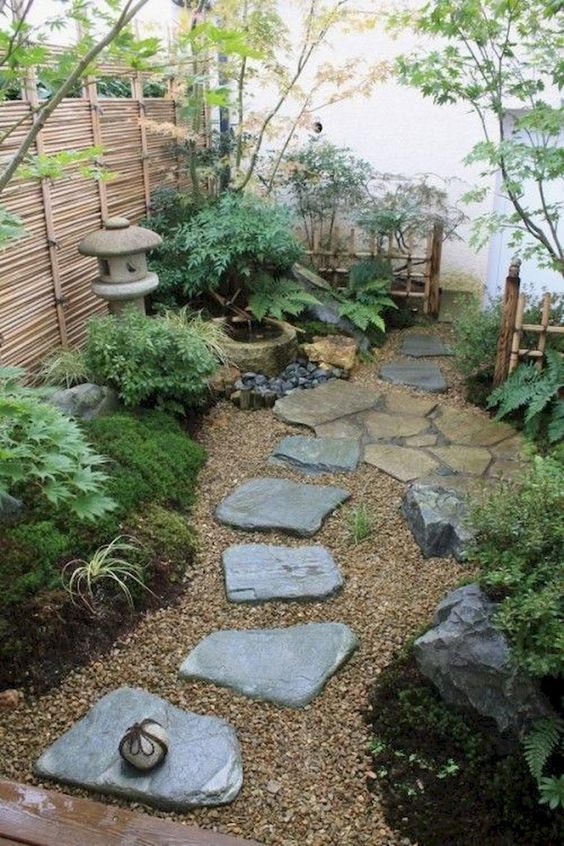
You don’t need a ton of plants. In fact, too many and it starts to lose that clean, calm vibe.
Moss is perfect for a soft, velvety look—especially if your space is shady and a bit damp.
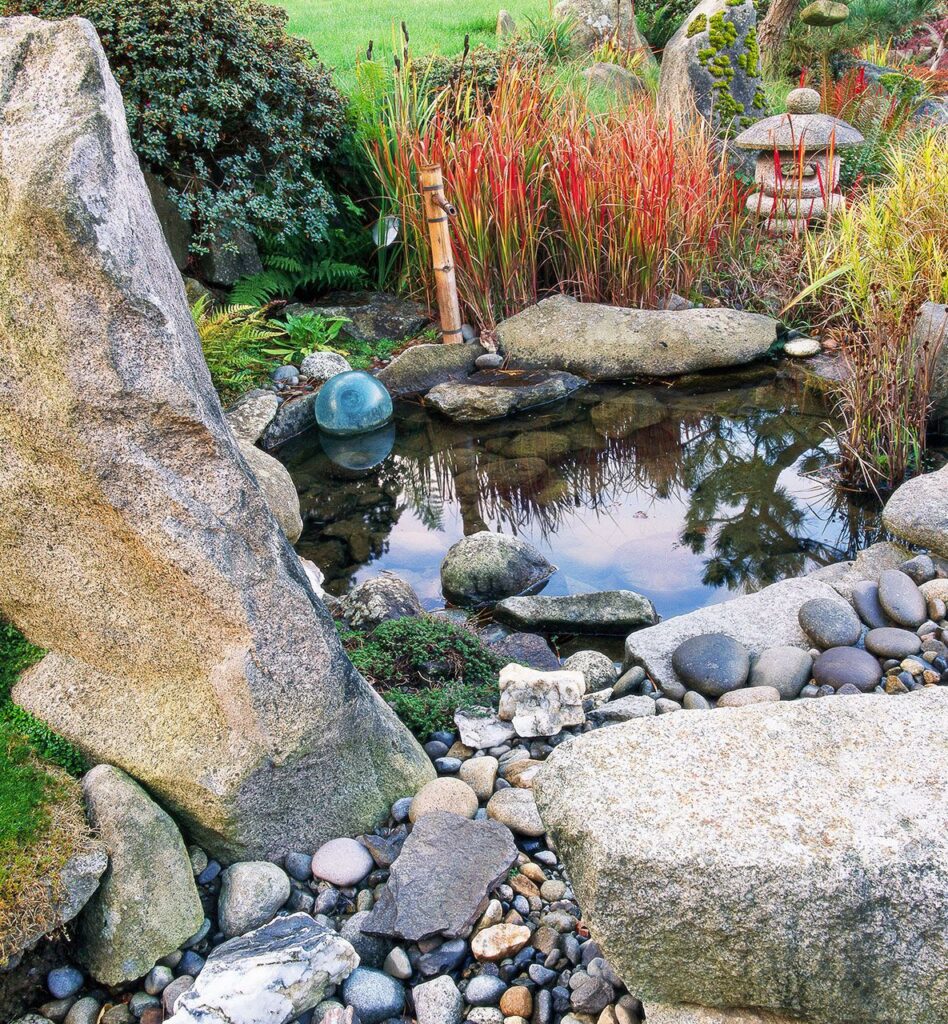
For more vertical interest, dwarf bamboo or small Japanese maples (if you’re lucky enough to have the climate for them) work a treat.
Even a well-pruned pine can bring that ancient, slightly mysterious energy.

A lot of us in New Zealand love to throw in ferns too—while not strictly traditional, they blend beautifully with the vibe and work well in our local climate.
Water Adds Soul

Water brings sound, reflection, and that soothing energy that’s hard to beat. Of course, you might not be able to put in a full koi pond in a tiny space, but a little tsukubai (a traditional stone basin) or even a tabletop water bowl with a few smooth pebbles can make a difference.
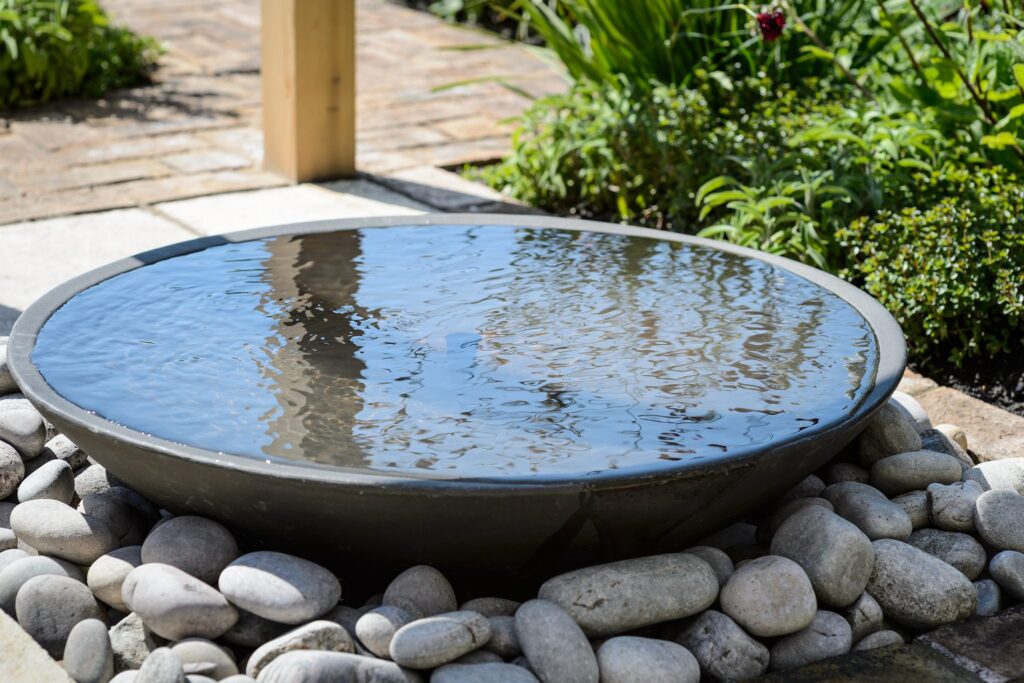
The key is to keep it subtle—no flashy fountains here. Just enough to remind you to slow down.
Creating a View (Even in Tight Quarters)
One of the best things about Japanese gardens is the way they’re meant to be viewed.
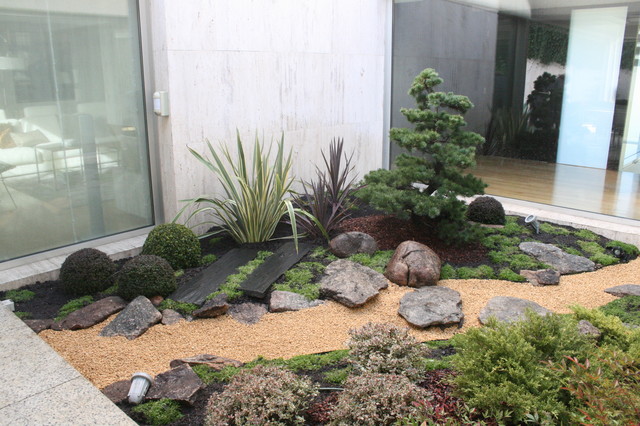
Even if you’re looking at it from a kitchen window or a tiny patio chair, the layout should lead your eye. It doesn’t need to be symmetrical—just intentional.
Think about how a winding path (even if it’s just a couple of stepping stones) or a tucked-away sculpture draws attention.
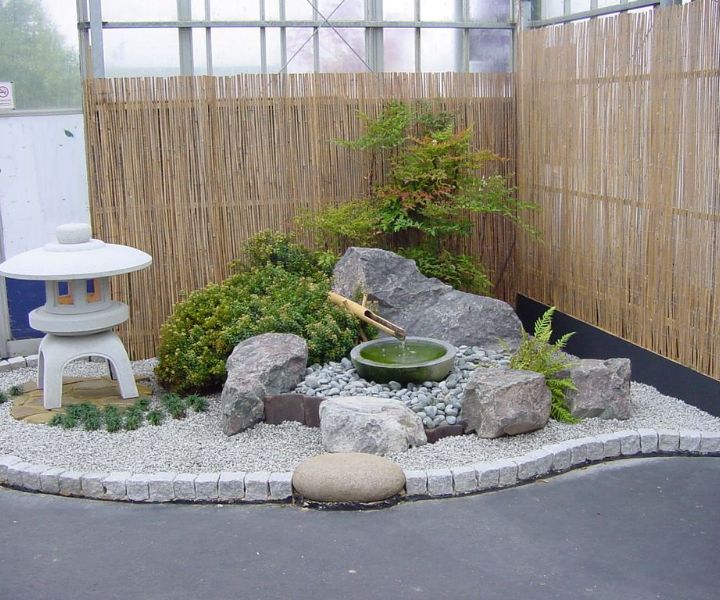
Framing a view with a low fence or a bamboo screen can make it feel like a secret space. And if you can’t see the whole garden from one angle, even better. That little sense of mystery makes it feel bigger than it is.
The Quiet Power of a Lantern

Stone lanterns are classic, but they’re more than just decor. They bring that sense of stillness, like a guardian of the garden.
You don’t need anything big or fancy—just something with a weathered look. The older it gets, the better it looks. Kind of like us.
Final Thoughts

You don’t need a giant backyard or a massive budget to make something beautiful.
A small Japanese garden is really about creating space—space to breathe, reflect, and reconnect.

It’s not just about how it looks, but how it feels. Whether you go full-on Zen gravel or just sneak a little Japanese maple and some moss into a quiet corner, the effect is the same.
Peace, in a pocket-sized dose. And honestly, that’s more than enough.


